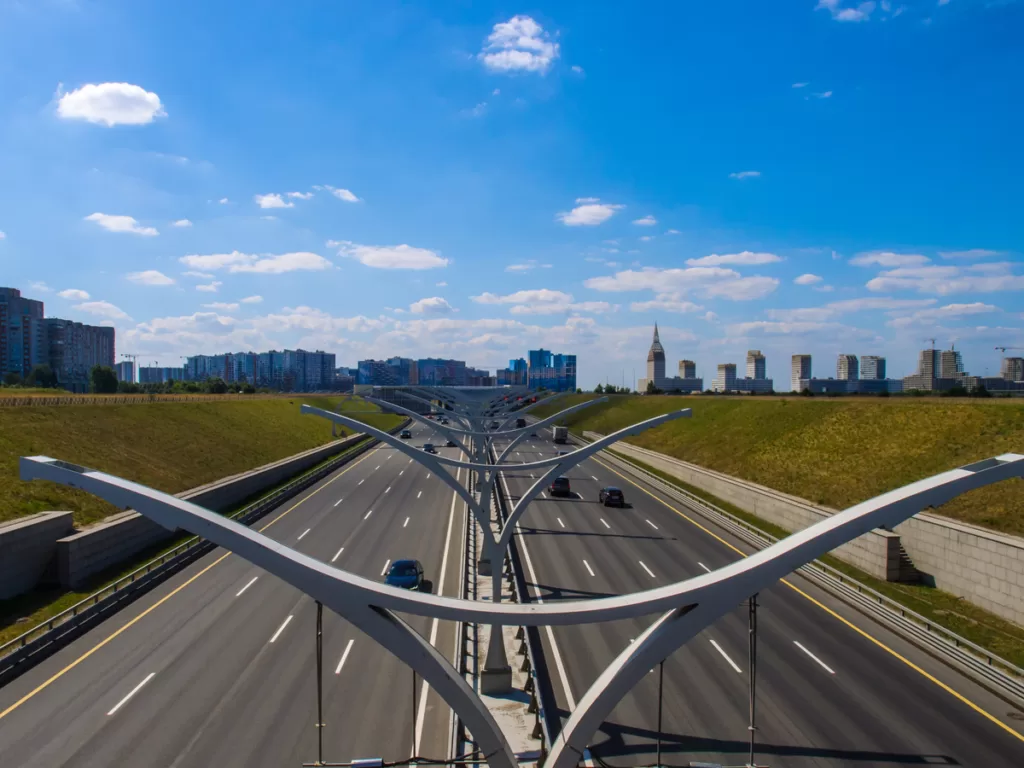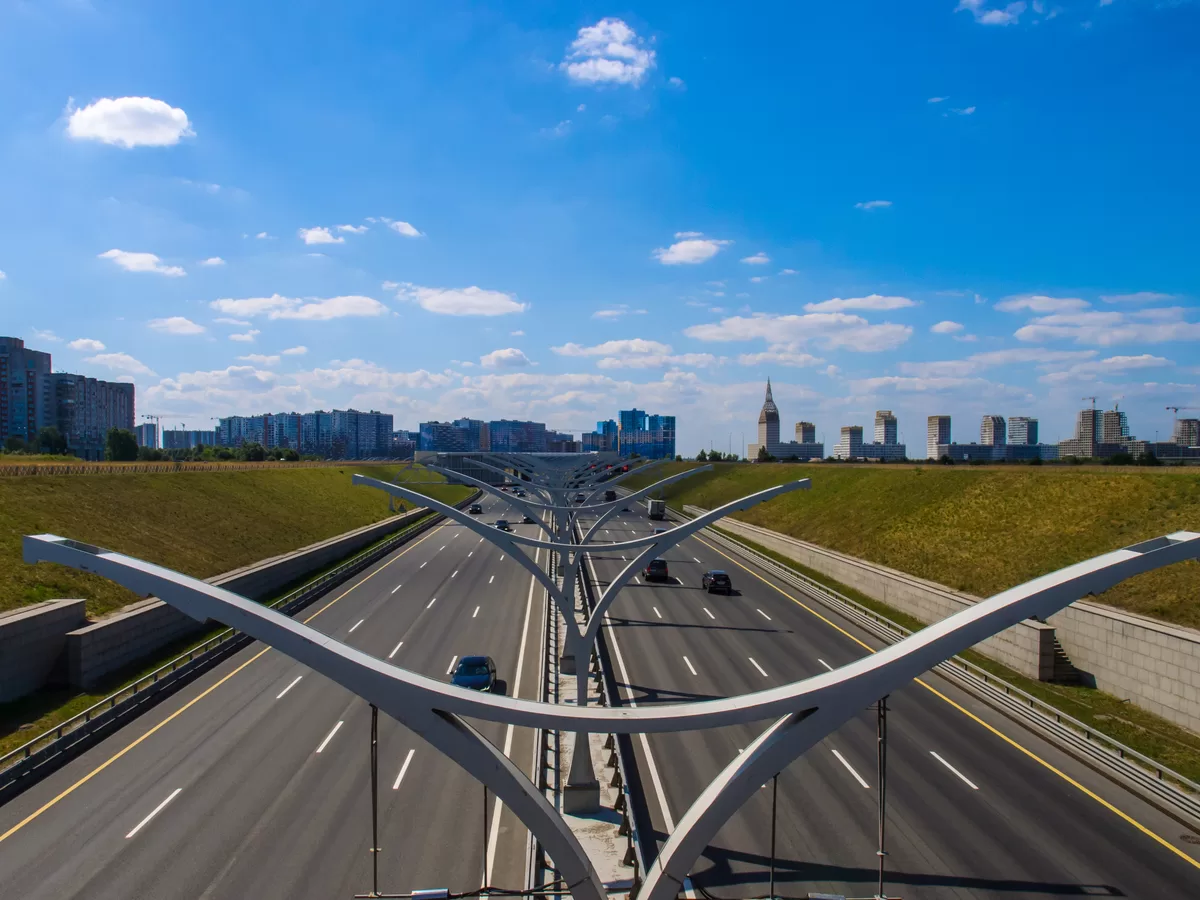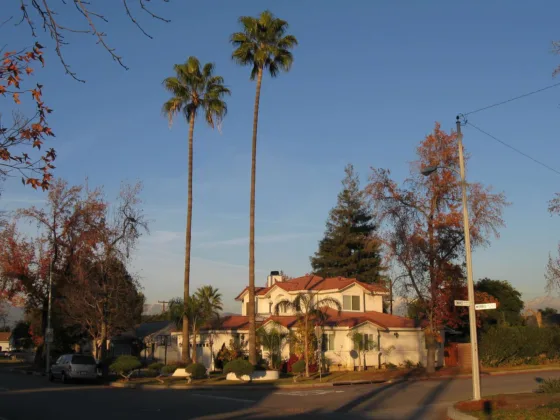Understanding Runway Settlement
Before addressing the challenges, it’s crucial to understand what runway settlement is and why it happens. Runway settlement occurs when the ground beneath a runway compresses or shifts, causing the runway surface to sink or become uneven.

This can be due to several reasons, including inherent soil properties, groundwater conditions, loading from aircraft, and environmental factors like temperature and rainfall.
Concrete Lifting as a Solution to Runway Settlement
One viable solution for managing runway settlement is concrete lifting. This process involves injecting a material beneath the sunken concrete to raise it back to its original level. A prime example of this in action can be seen in the Salt Lake City area, where concrete lifting has been used effectively to manage runway settlement.
In Salt Lake City, airport authorities have turned to concrete lifting to deal with problematic runway subsidence. This technique not only rectifies the immediate issue of uneven runways but also helps mitigate future ground movement.
By lifting the runway back to its original level, the risk of further settlement is greatly reduced, ensuring uninterrupted service and enhanced safety for aircraft operations. Thus, the successful application of concrete lifting in Salt Lake City demonstrates its potential as a reliable solution for runway settlement management worldwide.
Read Also :
The Challenges
1. Safety Concerns
One of the primary challenges with runway settlement is the safety risk it poses. Uneven or sinking runways can cause accidents during takeoff and landing, endangering passengers, crew, and airport staff. It also increases the wear and tear on aircraft, leading to higher maintenance costs.
2. Infrastructure Deterioration
Runway settlement accelerates the deterioration of airport infrastructure. Over time, the settling soil can cause cracks and deformities in the runway surface, which can lead to further damage if not addressed promptly. This necessitates frequent and costly repairs and replacements, straining airport budgets.
3. Service Disruptions
Repairing runway settlement often requires partial or complete closure of the affected runway, leading to flight delays and cancellations. This disrupts airport operations and negatively impacts the passenger experience and airlines’ profitability.
Addressing the Challenges
1. Ground Improvement Techniques
One way to manage runway settlement is through ground improvement techniques. These methods aim to strengthen the soil beneath the runway, reducing its susceptibility to compression and movement.
Techniques include soil stabilization, compaction grouting, and deep soil mixing. While these methods can be costly and time-consuming, they offer a long-term solution to runway settlement.
2. Regular Monitoring and Maintenance
Regular monitoring of runways can help detect early signs of settlement, allowing for timely intervention. This can be achieved through various methods such as visual inspections, ground-penetrating radar, and satellite imagery.
Regular maintenance, including crack sealing and surface leveling, can also help manage runway settlement and prolong the lifespan of airport infrastructure.
3. Sustainable Design and Construction Practices
Adopting sustainable design and construction practices can also help mitigate runway settlement. This includes using durable materials that can withstand ground movement and weather changes and designing runways with adequate drainage to prevent water accumulation, which can exacerbate soil compression.
Conclusion
Managing runway settlement is a complex task that requires a comprehensive understanding of soil behavior, innovative engineering solutions, and proactive maintenance strategies.
While it presents significant infrastructure challenges, with the right approach, it’s possible to ensure our airports’ safety, efficiency, and longevity.
As the aviation industry continues to grow, tackling these challenges head-on will be crucial in maintaining the smooth operation of our global transportation networks.










